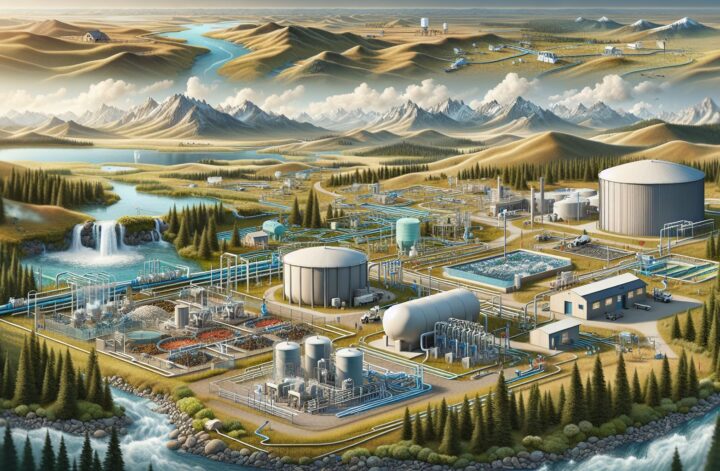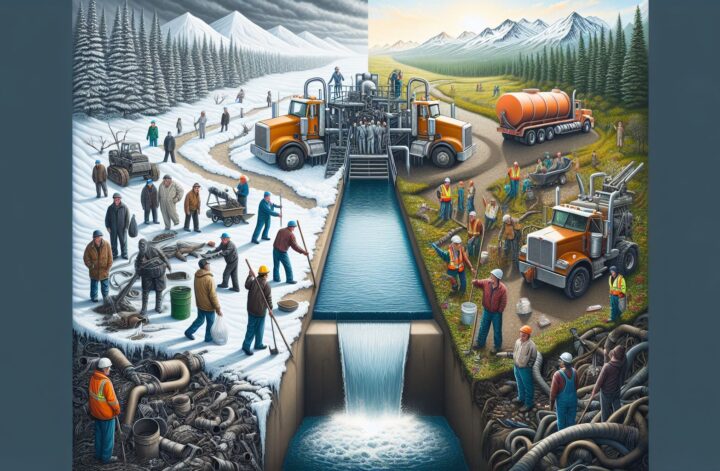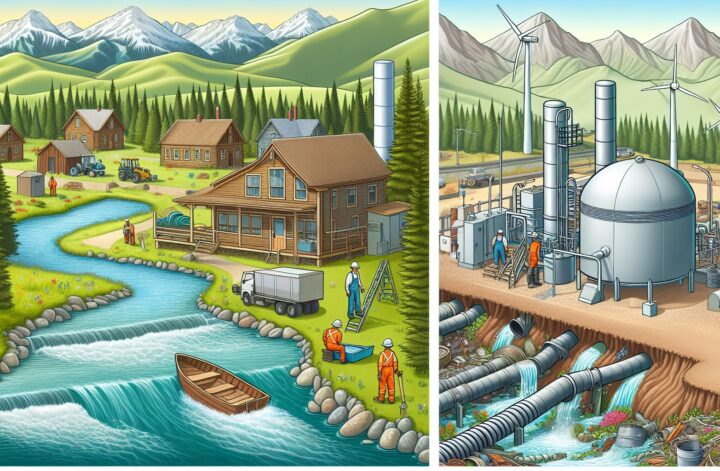In recent years, much attention has focused on the issue of water security in urban centers. However, this emphasis often overshadows the equally challenging situation faced by rural regions. In the expansive wide-open spaces of Montana, the provision of reliable and safe water and wastewater services is a matter of critical importance. This article explores the current situation, challenges, and solutions related to rural water and wastewater systems in Montana.
Water and wastewater systems are fundamental infrastructure, vital for any community’s health, economy, and overall wellbeing. Regrettably, many rural areas within Montana experience difficulties maintaining their water and wastewater systems due to various factors, such as geographic isolation, climatic extremes, financial constraints, and lack of technical knowledge.
Montana’s rural water systems are often spread over vast geographic areas, creating logistical challenges for regular system maintenance and monitoring. Furthermore, the state’s variable climate, with cold, harsh winters, can increase the risk of water supply interruption due to frozen pipes and infrastructure damage.
Financial constraints are another significant challenge. The costs associated with upgrading, maintaining, and operating water and wastewater systems can be quite high, particularly for small rural communities with a limited tax base. Many of these communities also face difficulties in accessing funds available through federal and state grants and loans programs due to complex application processes and stringent adherence codes.
Technological limitations are yet another constraint. Many rural systems still rely on outdated or inefficient technologies, which can lead to high operating costs and system performance issues. This problem is exacerbated by the scarcity of experienced technical personnel in rural areas, further compounding system management challenges.
Despite these constraints, Montana has made considerable progress in improving its rural water and wastewater systems. Several federal and state-funded projects aimed at upgrading and expanding rural water infrastructure have been initiated across the state. Key among these is the Montana Department of Natural Resources and Conservation’s (DNRC) revolving loan program, which offers low-interest loans to Montana’s rural communities for water and wastewater system improvements.
Furthermore, Montana’s state legislature has continued to prioritize funding for rural water projects. One such example is the recent allocation of funds to the Tiber County Water District for its water infrastructure improvement project.
In the private sector, initiatives such as the Montana Rural Water Systems, Inc. provide technical assistance, training, and resources to rural and small utilities. Through their efforts, they aim to improve the operational efficiency and regulatory compliance of these utilities.
Future strategies to enhance Montana’s rural water and wastewater services will need to address the unique challenges faced by these sectors further. This will likely involve an increased emphasis on technological innovation, provision of funding options, and the training and retention of technical personnel.
In summary, although Montana’s rural water and wastewater systems face some critical challenges, significant strides have been made in ensuring that residents of these areas have access to reliable and safe water. It is evident that with sustained effort and dedicated resources, Montana can continue to improve its rural water and wastewater infrastructure, thereby enhancing the quality of life for its rural residents.



